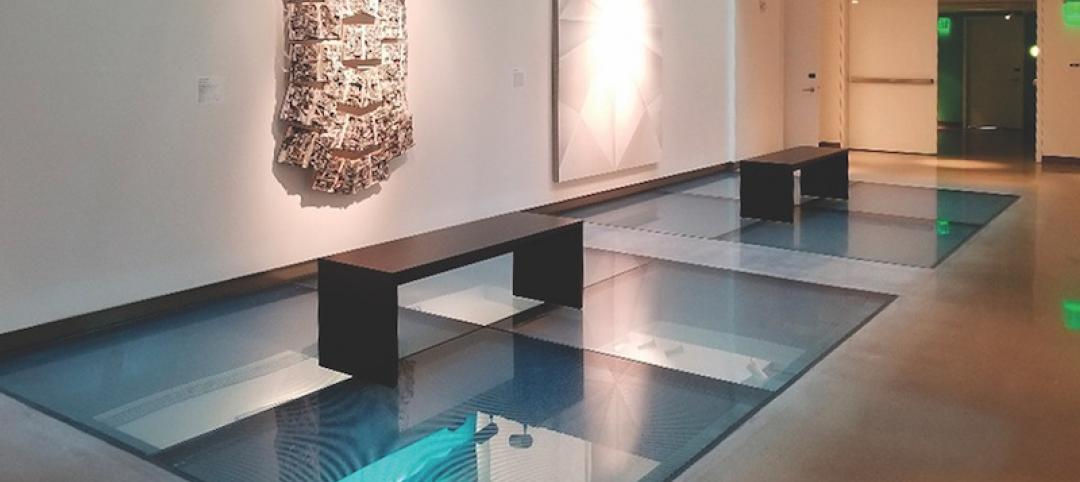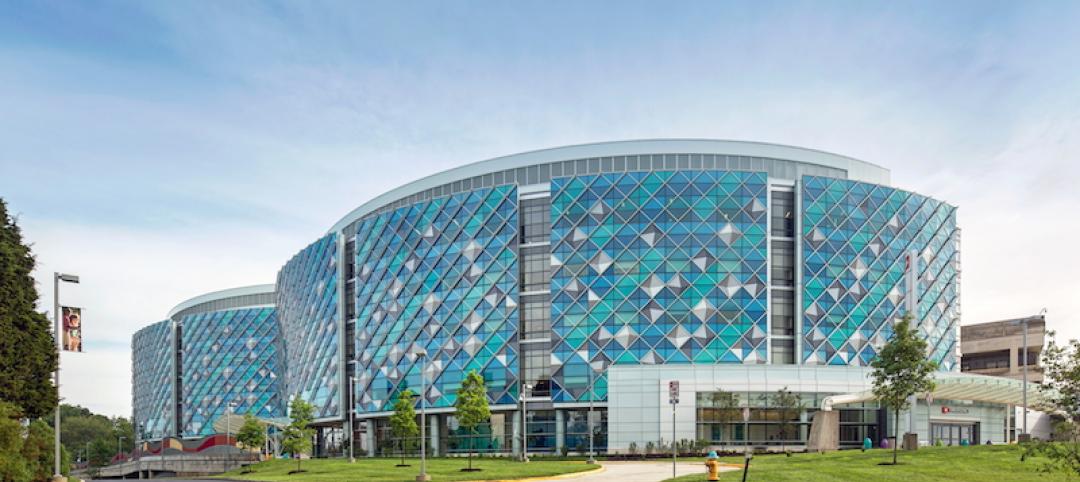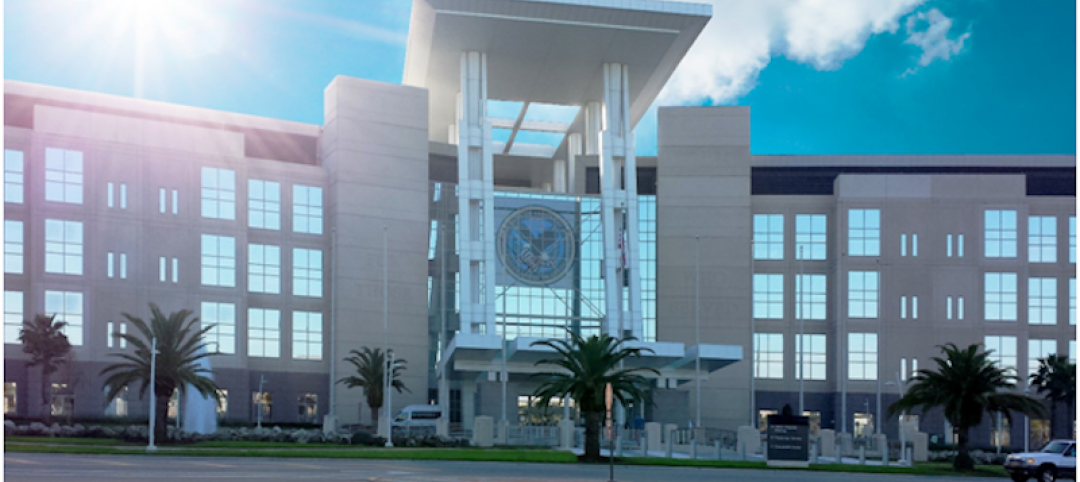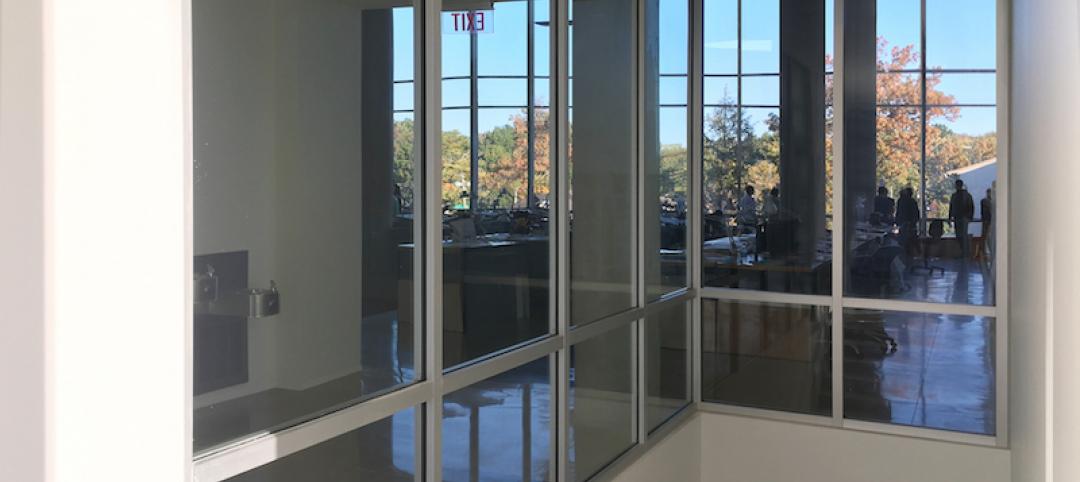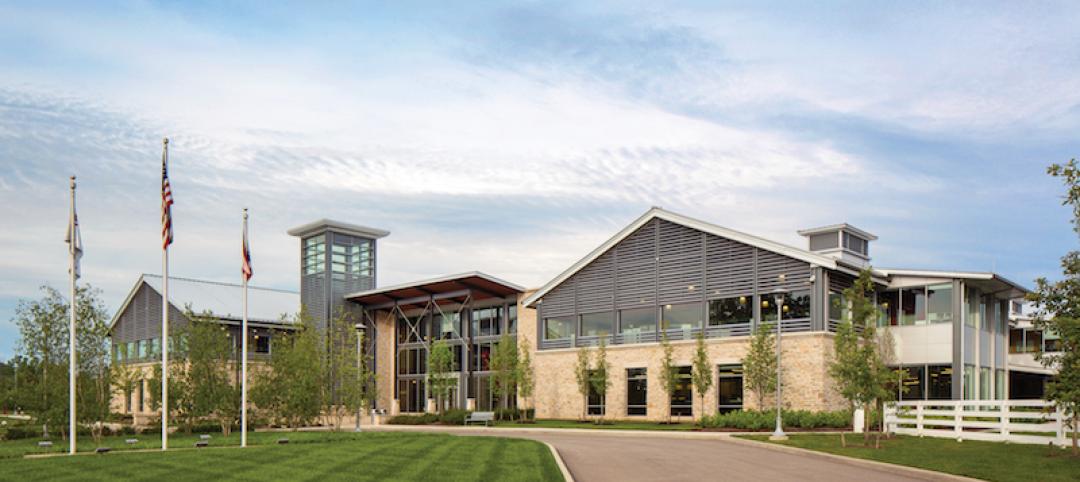Around the world, major government and social initiatives are driving demand for sustainable building design and CO2-free energy. In recent years, as the volume of solar cells being manufactured and installed in buildings has increased, the cost has lowered significantly.
The United States government has supported this effort through the Solar Investment Tax Credit (ITC). Since the program was implemented in 2006, the residential and commercial solar ITC has helped spark 10,000% growth in the U.S. solar industry, with an average annual growth of 50% over the last decade alone. The ITC currently offers a 26% tax credit for solar systems on commercial properties and can be applied to customer-sited commercial solar systems. The ITC credit can apply to aggregate investment in both energy-generating glass panels and electrical components.
Like sustainability, design expectations for commercial buildings are also at an all-time high. In glass specifications, today’s buildings can demand any combination of solar control performance, ultimate transparency, tinted aesthetics and colorful treatments.
Manufacturers like Vitro Architectural Glass have responded with building-integrated photovoltaic (BIPV) glass products like Solarvolt™ BIPV.
Where to Use BIPV Modules
Building-integrated photovoltaic (BIPV) glass modules have emerged as a solution to satisfy these challenges — CO2-free energy generation and design utility — while simultaneously replacing conventional building envelope materials, such as wall cladding or roofing. In fact, BIPV glass can be used to enhance virtually any exterior element: balustrades and balconies, skylights, roof elements, carports and more.

Most notably, BIPV glass modules like Solarvolt™ BIPV can perform the functions of classic glass façades, vision glazing and spandrel glass. In these applications, the solar module replaces conventional building panels and functions as external weather protection for the façade. Tailor-made solar modules comply with all design requirements for glass façades and can be installed with most conventional glass framing systems. For structural glazing, modules utilizing tempered glass with inter-window strips can be integrated into building envelopes and roof surfaces adjacent to heated rooms.
BIPV also can be used for sunshading elements, not only capturing sunlight to generate energy, but also protecting against the sun and glare. BIPV overhead glazing, canopy structures and skylights can harness “solar painting,” a term often used to refer to the interplay of light and shadow resulting from the spacing between individual solar cells. In addition to generating power, BIPV glass balustrades and balconies can highlight the architectural character of buildings and their surroundings while meeting requirements for safety or accident-proof glazing at the same time.
New Design Possibilities
A BIPV module typically consists of solar cells laminated between two glass lites — these can be comprised of virtually any glass product and with any high-performance low-emissivity (low-e) coating to provide yet another measure of environmental performance.
This means BIPV can meet a range of design goals. Designers can realize dynamic, colorful concepts with backpainted BIPV spandrel glass. Blue, green, gray and bronze tinted glasses can also help realize vibrant designs. For ultimate transparency and maximum solar cell performance, low-iron glasses with high visible light transmittance (VLT) also can be used. In fact, Solarvolt™ BIPV modules are compatible with every Vitro Glass product and substrate, including its historic Solarban® family of low-e coatings and Starphire Ultra-Clear® glass.
The BIPV panels’ solar cells themselves can be arranged in rows, alternating patterns and other configurations. Multiple photovoltaic (PV) crystalline silicone technologies also can impact the appearance of the solar cells and their power generation performance. While monocrystalline PV renders a black appearance on solar cells with maximum energy-generation performance, polycrystalline PV delivers a striking blue appearance with slightly reduced performance. For a patterned appearance and higher visible light transmission while retaining some of the energy generation benefits of monocrystalline PV, monocrystalline PV strips are also available.
For decades, glass has been seen as one of the world’s most versatile, beautiful and sustainable building materials. Now, glass is more than just an idea generator — it’s a power generator. Today, glass can collect clean energy, compounding the product’s powerful benefits.
To learn more about Solarvolt™ BIPV glass modules, visit www.vitrosolarvolt.com.
Related Stories
Fire-Rated Products | Aug 15, 2017
Walking on glass: Clear floor system offers largest two-hour fire- resistive panels
The system uses the largest tested and listed individual glass panels for two-hour fire-resistive glass floor applications.
Sponsored | Glass and Glazing | Jun 21, 2017
Hurricane resistant, energy-efficient Viracon Glass turns Florida office building into modern business destination
VUE-30 not only transformed the drab 40-year-old Emerald Hills office building into a modern marvel, but enhanced the energy efficiency of the building.
Sponsored | Fire-Rated Products | Jun 13, 2017
Fire resistive glass floors make a dramatic statement in Nashville’s historic neighborhood
SAFTI FIRST supplied a single glass unit comprised of non-slip rated Starphire tempered laminated Glass with 1/8” Non-Skid White Dots from Oldcastle insulated to custom SuperLite II-XL fire resistive glazing.
| Jun 13, 2017
Accelerate Live! talk: Work in progress—How the office environment drives innovation, SageGlass (sponsored)
SageGlass CEO Dr. Alan McLenaghan reviews how biophilic design and new technologies, such as dynamic glass, create a greater connection between the built and natural environments in the office.
| Jun 13, 2017
Accelerate Live! talk: Next-gen materials for the built environment, Blaine Brownell, Transmaterial
Architect and materials guru Blaine Brownell reveals emerging trends and applications that are transforming the technological capacity, environmental performance, and design potential of architecture.
Sponsored | Fire-Rated Products | Jun 13, 2017
Hidden risks and costs of using sprinklers as an alternate to 1-2 hour fire resistive glazing
The ASTM E-119 test is the most stringent and most difficult test to pass for all fire rated glazing assemblies.
Sponsored | Glass and Glazing | Apr 14, 2017
Azuria glass from Vitro provides hospital with the desired pop of color
Located in Wilmington, Delaware, Nemours/duPont hospital has undergone a series of expansions since it was founded in the 1940s.
Sponsored | Fire-Rated Products | Mar 22, 2017
Fire resistive glazing systems provide architects, owners and envelope consultants assurance of documented performance
It may look like a regular window, but these advanced fire resistive glazing systems are recognized in the code as transparent walls because of its ability to block smoke, flames and significantly limit the passage of dangerous radiant heat.
Sponsored | Glass and Glazing | Mar 16, 2017
Fire resistive transparent walls transform stairwells and exits to inviting, light-filled spaces
To preserve the building’s open design and to extend natural light further in the building, the architects incorporated fire resistive glazing in the areas that required a 2-hour fire rating, particularly in the stairwells and exit passageways.
Sponsored | Glass and Glazing | Feb 15, 2017
Down on the farm. Up on sustainability.
At first glance, it might seem like a barn—but a closer look reveals towering windows, rooftop solar panels and world-class energy efficiency.



